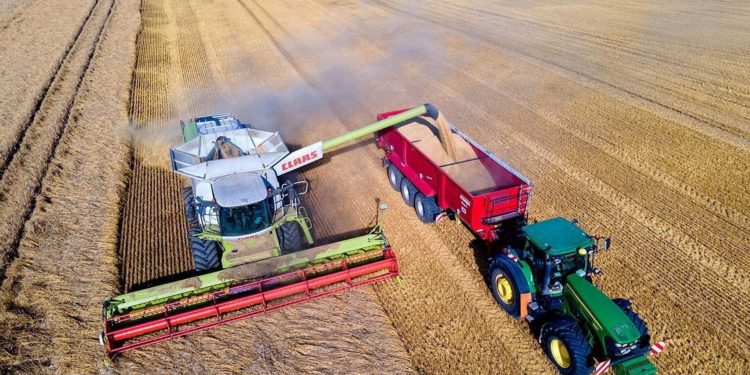The Economist reports that the UN Food and Agriculture Organisation expects the value of global food imports to reach nearly $1.9trn this year, up from $1.6trn in 2019. In May its index of main soft commodities hit its highest value since 2011, after rising for 12 straight months. Another benchmark index, by S&P Global, a research firm, has risen by over 50 per cent since July 2020. On July 22nd the boss of Unilever, the Anglo-Dutch maker of everything from Ben & Jerry’s ice cream to Hellmann’s mayonnaise, said that pricier raw materials have caused his firm’s costs to swell at their fastest pace in a decade.
Opaque traders, which possess the networks of silos, railways and vessels, as well as the data and relationships, necessary to redraw supply routes, thrive on volatility. The four biggest— ADM, Bunge, Cargill and Louis Dreyfus, collectively known as the ABCDs—have been adding to their total workforce of 240,000 and ploughing billions of dollars into new businesses that rely less on cycles of feast and famine. Their prospects offer a foretaste of global food markets in decades to come.
Last year was a bumper one for the ABCDs, whose combined net profits more than doubled, to $6.3bn. Analysts expect ADM and Bunge, which reported solid second-quarter results this week, to do even better in 2021. All four benefit from changing patterns of demand for crops and of supply.
High oil prices make energy crops look like an attractive alternative. And the more crops are turned into fuel, the less is left in the food system. The volume of American soyabean oil used to produce energy could rise by 39 per cent between 2020 and 2022, reckons the US Department of Agriculture. Brazil’s production of ethanol from corn shot up by more than half last year and is forecast to increase by another quarter in 2021.
The ABCDs are diversifying. ADM’s recent capital spending has gone into less cyclical and more lucrative businesses such as flavouring and colouring for fast food, soft drinks or vitamin supplements, says Seth Goldstein of Morningstar, a research firm. In the second quarter its nutrition-ingredients unit generated $201m in operating profit on revenues of $1.7bn. That is 8 per cent of total sales, and ADM expects it to expand twice as fast as its core business, which tracks global GDP.
Bunge has sold dozens of mills, elevators and other assets to invest in plant-protein and edible-oil factories. Cargill now derives most of its profits from animal feed and animal protein. Its food-production facilities include a fish farm in Norway, a poultry farm in the Philippines and cultured-protein factories in America and Israel. It has become one of America’s largest meat processors, and a big venture-capital investor in food and life sciences. Dreyfus has backed Leong Hup International, a big integrated producer of poultry, eggs and livestock feed in South-East Asia.
Climate change will ensure mismatches between supply and demand of foodstuffs. With six centuries of experience between them, the ABCDs will be evening out soft-commodity cycles well into the future.























